If you find yourself tossing soggy celery and mealy tomatoes in the trash all too often, you’re not alone. No one gives you a guidebook on how to store food to prolong shelf life and flavor. So, it’s no surprise that the average American throws out more than 20 pounds of food per person every month, according to the National Resources Defense Council – that’s equivalent to $165 billion dollars a year ending up in a landfill.
I’ve rounded up advice from the experts on how to keep your nuts the crunchiest, your avocados the butteriest, and your flour the flour-iest for the longest period of time:
Nuts: Refrigerator (Not Pantry)
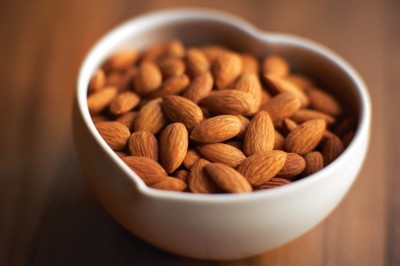
Photo: Almond Board of California
Toss nuts into a resealable bag or storage container in the refrigerator. Their natural oils become rancid more quickly at room temperature and cause a sharp, bitter flavor. Cool, dry conditions slow the process, so they can last for a year or more.
Eggs: Refrigerator Middle Shelf (Not Refrigerator Door)

Photo: American Egg Board
Store raw eggs in the coldest part of the refrigerator – the middle shelf. Even though the door has cute built-in egg cups, the temperature fluctuates too much for food safety experts.
Whole Wheat Flour: Freezer (Not Pantry)

Photo: King Arthur Flour
For long-term storage (over three months), go straight to the freezer. King Arthur Flour recommends using an airtight container labeled with the “best by” date. A cool, dry pantry shelf works well for short-term use (1-3 months).
Ground Flaxseeds: Refrigerator (Not Pantry)
Refrigerate pre-ground flaxseed in an airtight, opaque container for up to 90 days. Whole flaxseeds can last for up to a year at room temperature. To get the most nutrients out of the powerhouse seeds, grind as needed.
Potatoes: Pantry (Not Refrigerator)
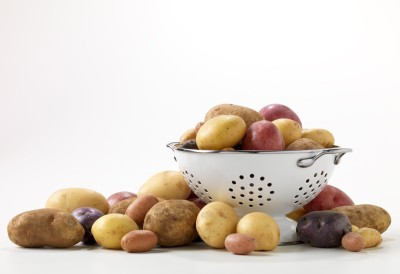
Photo: United States Potato Board
Place unwashed potatoes in perforated plastic bags or paper bags out of the light. Avoid hot spots like underneath the sink, above the oven or near a window. The cold converts the potato’s starch to sugar, leaving you with a discolored, weirdly-sweet spud, and the heat promotes sprouting.
Tomatoes: Counter (Not Refrigerator)
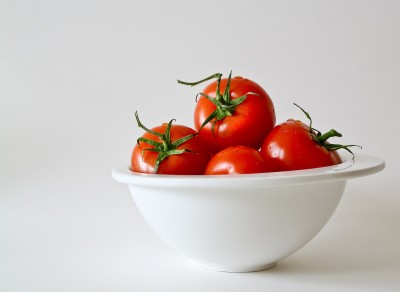
Stop giving tomatoes the cold shoulder. Instead, lay them face up at room temperature out of direct sunlight. They lose flavor and water in the chilly refrigerator. For short-term storage, stash them in a paper bag in the coolest part of the kitchen.
Red and Yellow Onions: Pantry (Not Refrigerator)
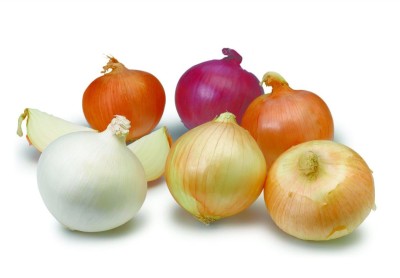
Photo Credit: The National Onion Association
Store unpeeled dry onion bulbs in a cool, dry, dark place with airflow (not in plastic). Crying Caveat: Chill a whole onion for 30 minutes before cutting to reduce tearing.
Olive Oil: Pantry (Not Refrigerator)
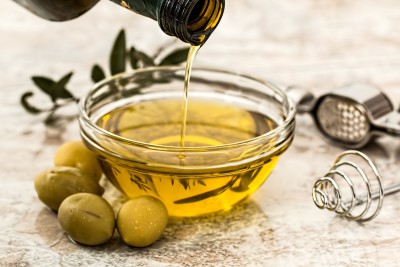
Buy olive oil in dark, light-blocking glass bottles and store somewhere dark and cool–sunlight will hasten its demise. Don’t put it in the fridge, where condensation (water droplets forming inside the bottle) can dilute the flavor.
Cucumbers: Counter (Not Refrigerator)
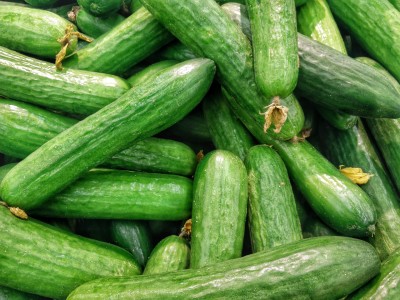
Keep uncut cukes at room temperature to prevent chilling injuries like accelerated decay. Don’t store near bananas or tomatoes, which release a ripening agent called ethylene gas.
Celery: Refrigerator in Foil (Not Refrigerator in Plastic)
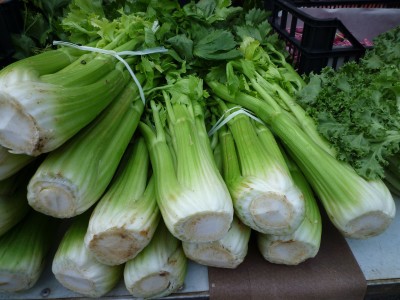
Wrap celery in foil and put it in the crisper drawer, advises Jack Bishop, Editorial Director of America’s Test Kitchen. “The foil allows the ethylene produced by the celery to escape,” says Bishop. If it’s wrapped in plastic, the gas gets trapped and makes celery stalks limp and bendable.
Avocados: Counter (Not Refrigerator)
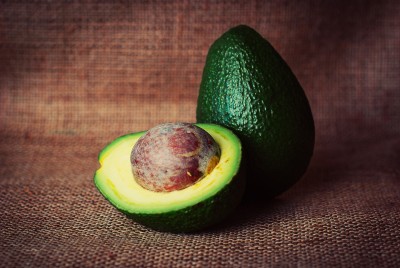
Avocados won’t ripen in the cold, so leave the hard ones at room temperature for 4-5 days. Sprinkle cut, ripe avocados with lemon or lime juice, place in an air-tight container or cover with clear plastic wrap and store in the refrigerator for up to a day.
Parsley: In Water (Not Plastic Baggie)
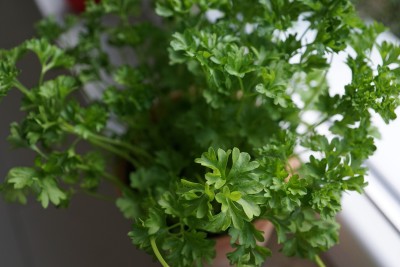
Treat parsley like a bouquet of flowers. Trim the stems, stick them in a small glass of water, and cover the leaves loosely with a plastic bag or wrap, recommends Sara Hass, RDN, LDN, a Chicago-based consultant chef, dietitian and Academy of Nutrition and Dietetics Spokesperson. Secure the bag around the glass with a rubber band and change the water every other day.
Strawberries: Refrigerator, Unwashed (Not Refrigerator, Washed)**
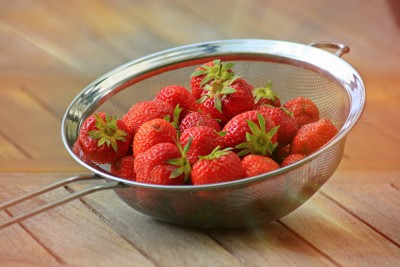
To prolong freshness, refrigerate unwashed berries in their original containers. Rinse in cold water before eating.
**That said, I personally recommend washing a few and putting them in a clear container in the middle of your refrigerator so you’re more likely to eat them before they go bad. While dry, unwashed berries may last longer, I’d rather you wash them, see them, and eat them before they spoil. That’s right, I’m encouraging you to break the rules!
P.S.: You can freeze fresh strawberries, too. Just rinse in cool water, dry completely, and store in sealed containers.
And now you know.
An earlier version of this post appeared on my blog on The Huffington Post
Sources:
- University of California Agriculture and Natural Resources
- American Egg Board / Incredible Egg
- King Arthur Flour
- Oldways Whole Grain Council
- Flax Council of Canada
- Patricia Bananan, MS, RDN
- United States Potato Board / Potatoes…Goodness Unearthed
- Florida Tomatoes
- University of California Davis Division of Agricultural and Natural Resources
- The National Onion Association
- American Olive Oil Producers Association
- University of California, Davis
- America’s Test Kitchen
- Hass Avocado Board / Avocado Central
- Sara Hass, RDN, LDN
- California Strawberries
When you subscribe to my newsletter, you will receive 1-2 e-mails a week filled with news and recipes to make your life healthier and less stressful
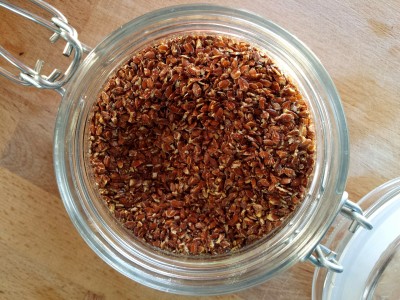
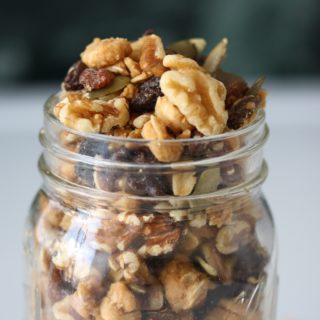
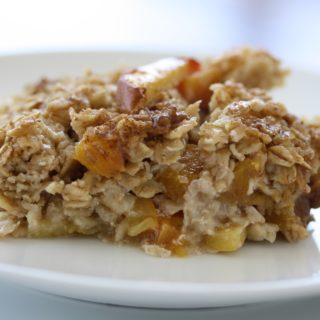




Great guide! I am definitely guilty of not storing some of these things properly!
Me too – doing the research for this was eye-opening 🙂
Great great guide! I need a bigger freezer 😉
Thank you! 🙂